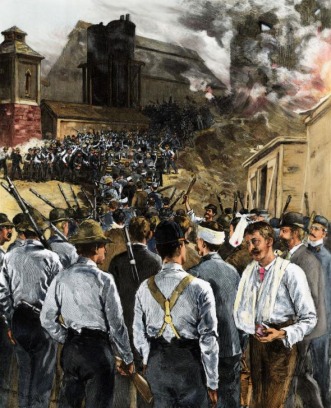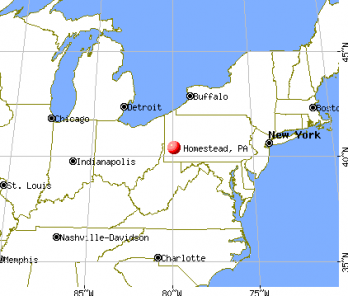The Homestead Strike of 1892 was a labor lockout that began on June 30th in Homestead, Pennsylvania. The strike was between the Amalgamated Association of Iron and Steel workers (AA) and the Carnegie Steel Company. The Carnegie Steel company was owned by Andrew Carnegie, but Henry Clay Frick ran the business. The whole strike was started because of the low pay rates and terrible working conditions. Frick took over way too much and that caused the conflicts between the two men and caused workers to strike. Meetings continued around late June. The two sides couldnt reach an agreement. Company began shutting down works. Union and Non-Union Workers banded together and joined forces to restore order. Frick made arrangements with Pinkerton's National Detective Agency of New York. There were 300 Pinkertons willing to shut down strike. When this army was seen on the Monongohela on July 6 workers approached the barges. Workers tore fence to try to stop the Pinkertons. Someone fired a shot and detectives started shooting and wounded several workers. Workers and Pinkertons exchanged gunshots and then barges went up in flames becuase of tossed dynamite and pumped oil. Pinkertons ended up surrendering and at the end three Pinkertons and Seven workers were killed. Six days later 8,500 members of the Pennsylvania National Guard were ordered into Homestead under the orders of Governor Robert E. Patterson. A small percentage of employees returned to work after the union called off the strike. The main reason for the Homestead Strike of 1892 was because of labor, the conditions, and low pay rates. The strike led to many deaths, conflicts, and problems unsolved.


